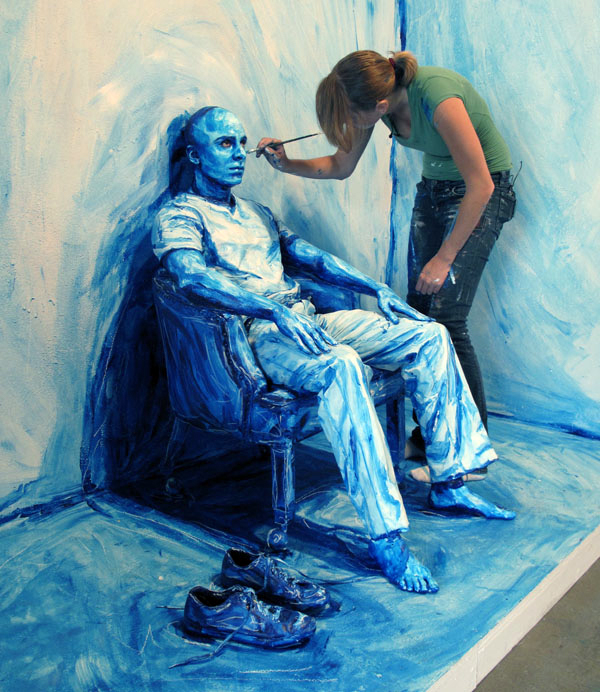What do you call the study of history, literature, writing, philosophy, sociology, psychology, creative arts and more? In many universities around the world, the study of these subjects is referred to as the “liberal arts”. So what are liberal arts?
Related articles: A Spotlight on Women in Contemporary Art, Who are the most iconic female painters from the past until nowadays?, Modern Art definition and 25 modern artists you should know
Liberal arts refers to a broad curriculum of humanities, social sciences, and natural sciences. Princeton University defined “liberal arts” as “an expansive intellectual grounding in all kinds of humanistic inquiry.”
On liberal arts courses, students explore issues, ideas and methods across the humanities and the arts, and the natural and social sciences. Unlike most educational programmes which focus on a single disciple such as art history, Liberal Arts enable a more comprehensive study of the humanities than a specialist or single-discipline degree.
Liberal Arts provide a range of subjects and study programmes to help students engage with material and areas of study in a cross-disciplinary way. This includes learning how to, as Princeton University put it, “read critically, write cogently and think broadly”.

In their provision of liberal arts, the goal of these kinds of educational institutions is not simply to impart specific skills or knowledge, but rather to provide a broad, holistic education that prepares students to think critically, communicate effectively, and engage with the world around them. The conviction behind these types of degree programmes is that they provide students with the skills to navigate the complexities of the world.
The drive to create well-rounded and informed students was the driving force behind the liberal arts even in the Greek and Roman period. The term "liberal arts" comes from the Latin "liberalis," which means "free" or "suitable for a free person." Liberal arts colleges have provided a wealth of important writers, artists and art historians with critical skills gained through their studies.
At the American Liberal Arts university Vasser, art historian Linda Nochlin studied Philosophy and later went on to publish one of the most famous feminist texts in art history titled "Why Have There Been No Great Women Artists?" in 1971 in which she sought to pull apart the “erroneous intellectual substructure” upon which the question is based. In doing so, she interrogated the ideological foundations of art history and highlighted the institutional, economic and social barriers that women have confronted in the visual arts throughout history.
A liberal arts education is valued for its emphasis on developing a broad range of skills and knowledge, it’s no surprise that artists and visual practitioners have emerged from these schools, including a number of women painters.

In the early 2000s, contemporary digital artist Faith Holland attended Vasser to study fine arts. The artist has since exhibited widely and now works as a new media artist based in New York City. Her work engages with deconstructing female sexualization in the digital space and incorporates sculpture, video, and photography.
In a similar period, contemporary installation artist Alexa Meade attended an assignment in an elective art class at Vassar College which sparked curiosity for the production of art. It was at this Liberal Arts college that she started exploring the possibilities of installation practices. In Meade’s art, she actually paints the bodies of the subjects she captures, rendering human figures in a painterly manner which she then photographs.
Cover image: painting by Alex Meade
Written by Kooness

